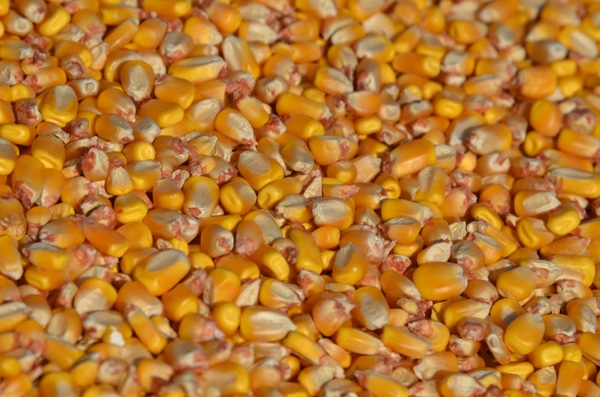September 20, 2013

Eastern Europe, South America and other grain-producing regions have scooped up much of the U.S. corn export market after last year’s drought fueled higher grains prices. “They have geared up for the corn export business,” says Chris Hurt, Purdue University Extension economist. “Our high prices helped unleash the competition. It will be hard to get back to 1.5 billion bushels in U.S. corn exports.”
Higher U.S. corn production this year and near-peak demand already in place for cattle feeding and ethanol production, means big price rallies may be hard to find, Hurt says.
Like what you're reading? Subscribe to CSD Extra and get the latest news right to your inbox!
“The balance on corn is a total supply of 14.5 billion bushels (with this year’s crop) and 12.7 billion bushel usage. We would likely have to increase usage by 500 million to 600 million bushels before we would likely see serious increases in corn prices,” he says.
There should be higher numbers of pork and poultry production, he says, “but on the cattle side, we’re not going to have any more cattle numbers. So the feed and residual usage number of 5.1 billion bushels already looks high, the most usage we’ve seen since 2009.”
He says about the only way ethanol usage can increase is more use of E-85. “With ethanol, we are at the 10% blending wall for most gasoline sold in the U.S.,” Hurt says. “There are about 11 million flex-fuel vehicles in the U.S., but only about 3% are using E-85.
“E-85 production has not been cost effective. It has to be 25% cheaper at the retail pump than E-10. So with corn prices projected to come down below $4 cash in the Midwest, ethanol will also come down sharply in price. That could present more of an opportunity for E-85 sales.”
Exports? U.S. corn exports were cut in half for 2012 crop sales. Blame the drought – and $7 corn, Hurt says. “Early export sales of the 2013 crop are an encouraging sign. Foreign buyers like the lower prices,” he says. “This is positive. But negative is the anticipation of more competition from South American and the former Soviet Union countries for corn and feed wheat.
“So the message is we have more corn than we need and someone needs to tell farmers not to raise more corn. Production has caught up and passed the demand base,” says Hurt.
You might also like:
Nitrogen choice depends on timing, availability
About the Author(s)
You May Also Like




